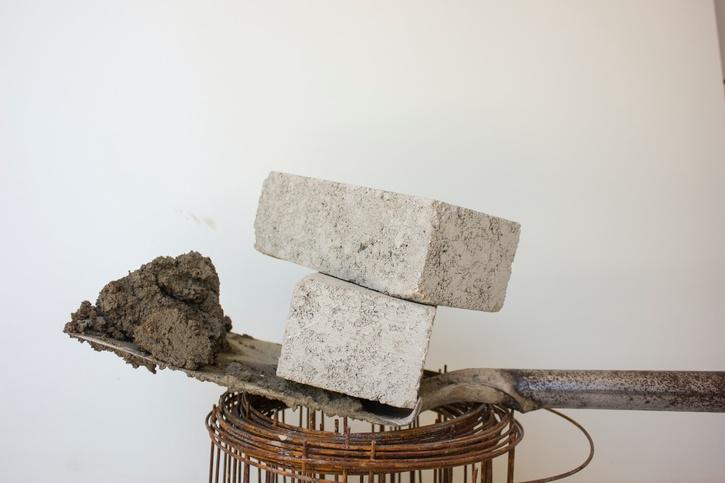The production of conventional Portland cement is a huge source of greenhouse gas emissions. This is because ingredients are heated to extremely high temperatures. This is not needed for the new biocement that also incorporates waste materials.
The new biocement was created at Singapore’s Nanyang Technological University. It is made of two main substances – industrial carbide sludge, which is a byproduct of the production of acetylene gas, and urea, which is derived from the urine of mammals like humans, cows, or pigs.
The sludge is initially treated with an acid, causing it to produce soluble calcium. The urea is then added to that calcium to make a cementation solution. Special bacteria are subsequently added to that solution, where they break down the urea to form carbonate ions.

Afterward, a process called “microbially induced calcite precipitation” is done on those carbonate ions that react with the soluble calcium ions to form hard, solid calcium carbonate. When the mixture is combined with sand or soil as that reaction is taking place, the calcium carbonate bonds the sand/soil particles together and fills the spaces between them.
As a result, a solid block of material that’s resistant to water seepage and is the same color as the original sand or soil is formed.

Possible applications for the biocement are strengthening the ground at construction sites, reducing the erosion of beaches (by forming a hard crust on top of the sand), and building freshwater reservoirs. The material has been used to fill cracks and rebuild sections of damaged stone monuments.
A paper on the research is being led by Prof. Chu Jian and Dr. Yang Yang. It was recently published in the Journal of Environmental Chemical Engineering.


